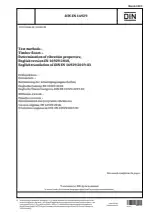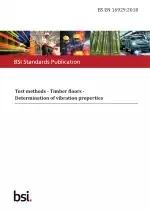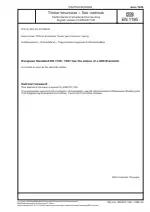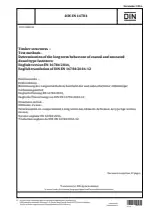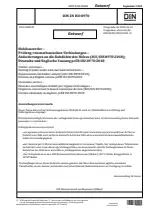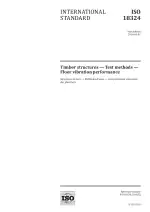Test Methods - Timber Floors - Determination of Vibration Properties
Also Known As:
The DIN EN 16929 standard provides a comprehensive guide on how to test and determine the vibration properties of timber floors. It covers a variety of floor types, including those made of sawn timber, engineered wood products, and mass timber beams or slabs such as cross laminated timber (CLT), glued laminated timber (GL), and nail laminated timber. The standard also includes timber-concrete composite floors.
The standard outlines the specific test methods that should be used to determine various properties of timber floors. This includes the measurement of natural frequencies, which refers to the inherent frequencies at which a floor system vibrates. The standard also addresses damping, which is a measure of the system's ability to dissipate energy during vibrations.
In addition, the standard provides guidance on measuring the unit point load deflection of timber floors. This refers to the amount of deflection or bending that occurs in response to a concentrated load applied at a specific point. The standard also includes methods for measuring the acceleration of timber floors, which is important for assessing the structural response to dynamic forces.
| Descriptors | Acceleration, Ceilings, Damping, Definitions, Deflection, Determination, Floors, Fundamental frequency, Point load, Properties, Test equipment, Testing, Vibration, Wood, Woodbased sheet materials |
| ICS Codes | 91.060.30 - Ceilings. Floors. Stairs 91.080.20 - Timber structures |
| Language(s) | English |
| File Size | 2.2 MB |

